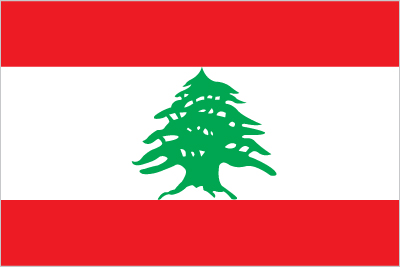
Lebanon has a free-market economy and a strong laissez-faire commercial tradition. The government does not restrict foreign investment; however, the investment climate suffers from red tape, corruption, arbitrary licensing decisions, complex customs procedures, high taxes, tariffs, and fees, archaic legislation, and weak intellectual property rights. The Lebanese economy is service-oriented; main growth sectors include banking and tourism. The 1975-90 civil war seriously damaged Lebanon's economic infrastructure, cut national output by half, and derailed Lebanon's position as a Middle Eastern entrepot and banking hub. Following the civil war, Lebanon rebuilt much of its war-torn physical and financial infrastructure by borrowing heavily, mostly from domestic banks, which saddled the government with a huge debt burden. Pledges of economic and financial reforms made at separate international donor conferences during the 2000s have mostly gone unfulfilled, including those made during the Paris III Donor Conference in 2007 following the July 2006 war. The collapse of the MIKATI government in early 2011 over its backing of the Special Tribunal for Lebanon and the conflict in neighboring Syria slowed economic growth to the 1-2% range in 2011-13, after four years of 8% average growth. In September 2011 the Cabinet endorsed a bill that would provide $1.2 billion in funding to improve Lebanon's downtrodden electricity sector, but fiscal limitations will test the government's ability to invest in other areas, such as water.
$64.31 billion (2013 est.)
country comparison to the world: 88
$63.36 billion (2012 est.)
$62.42 billion (2011 est.)
1.5% (2013 est.)
country comparison to the world: 161
1.5% (2012 est.)
1.5% (2011 est.)
$15,800 (2013 est.)
country comparison to the world: 87
$15,800 (2012 est.)
$15,800 (2011 est.)
agriculture: 4.6%
industry: 20%
services: 75.4% (2013 est.)
28% (1999 est.)
5% (2013 est.)
country comparison to the world: 153
6.4% (2012 est.)
1.481 million
country comparison to the world: 130
note: does not include as many as 1 million foreign workers (2007 est.)
agriculture: NA%
industry: NA%
services: NA%
NA%
banking, tourism, food processing, wine, jewelry, cement, textiles, mineral and chemical products, wood and furniture products, oil refining, metal fabricating
3% (2013 est.)
country comparison to the world: 95